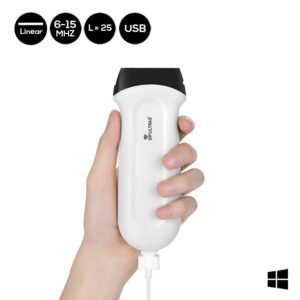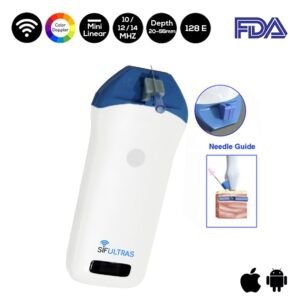The Use of Ultrasound Scanners in Skin Tumor Removal
Skin cancer diagnoses are rising due to increasing ultraviolet ray exposure and an ageing population. The complete surgical excision of skin cancer, including normal tissue, has been widely performed and determining the adequate safety margin is essential.
For skin cancers that have not spread, surgery may be performed to remove the entire tumor, and no other treatment may be needed. Skin cancers are most common on the head and neck and often treated with Mohs.
Mohs surgery removes the skin cancer while preserving as much healthy tissue as possible, which is critical with cancers near the eyes, ears, nose, mouth, hands, feet and genitals.
Ultrasonography can correctly determine the width and thickness of skin cancer and forecast the broad excision’s safety margins. For surgical planning, preoperative ultrasonography is a useful diagnostic tool.
Using a high-frequency transducer from 7.5 up to 12–15 MHz are commonly used in clinical practice to estimate the skin tumor thickness. For this reason, our medical research and development team highly recommends the USB Linear 6-15MHz Ultrasound Scanner SIFULTRAS-9.54.
The USB 6-5 MHz Linear Ultrasound Probe SIFULTRAS-9.54 has multiple frequencies from 5 to 12MHz and a scanning mode of B, B+B, B+m with high-resolution imaging which provides accurate detection of all skin cancer types.
Ultrasonography is highly effective in finding a tumor by showing the tumor’s exact location in the body. It can also help a doctor perform a biopsy; a biopsy removes a small amount of tissue for examination.
References: Usefulness of ultrasonography in determining the surgical excision margin in non-melanocytic skin cancer, High‐frequency ultrasound for diagnosing skin cancer in adults,


